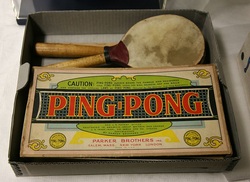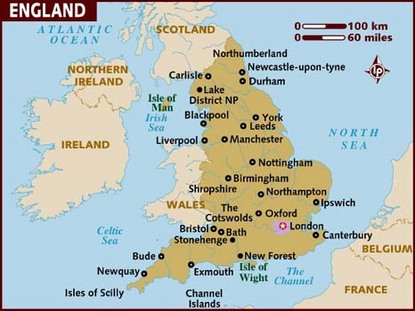Table Tennis
Beginnings

Game was originated in England during the 1880s, where it was played among the upper-class (then commonly known as "wiff-waff"). A row of books were stood up along the center of the table as a net, two more books served as rackets and were used to continuously hit a golf-ball from one end of the table to the other. Later, table tennis was played with paddles made of cigar box lids and balls made of champagne corks. The popularity of the game led game manufacturers to sell the equipment commercially. Early rackets were often pieces of parchment stretched upon a frame, and the sound generated in play gave the game its first nicknames of "wiff-waff" and "ping-pong". The name "ping-pong" was in wide use before British manufacturer J. Jaques & Son Ltd trademarked it in 1901, while other manufacturers called it table tennis. A similar situation arose in the United States, where J. Jaques & Son Ltd sold the rights to the "ping-pong" name to Parker Brothers.
The next major innovation was by James Gibb, a British enthusiast of table tennis, who discovered novelty celluloid balls on a trip to the US in 1901 and found them to be ideal for the game. This was followed by E.C. Goode who invented the modern version of the racket by fixing a sheet of pimpled rubber to the wooden blade. Table tennis was growing in popularity by 1901 to the extent that table tennis tournaments were being organized, books on table tennis were being written, and an unofficial world championship was held in 1902. During the early 1900s, the game was banned in Russia because the rulers at the time believed that playing the game had an adverse effect on players' eyesight.
The next major innovation was by James Gibb, a British enthusiast of table tennis, who discovered novelty celluloid balls on a trip to the US in 1901 and found them to be ideal for the game. This was followed by E.C. Goode who invented the modern version of the racket by fixing a sheet of pimpled rubber to the wooden blade. Table tennis was growing in popularity by 1901 to the extent that table tennis tournaments were being organized, books on table tennis were being written, and an unofficial world championship was held in 1902. During the early 1900s, the game was banned in Russia because the rulers at the time believed that playing the game had an adverse effect on players' eyesight.

